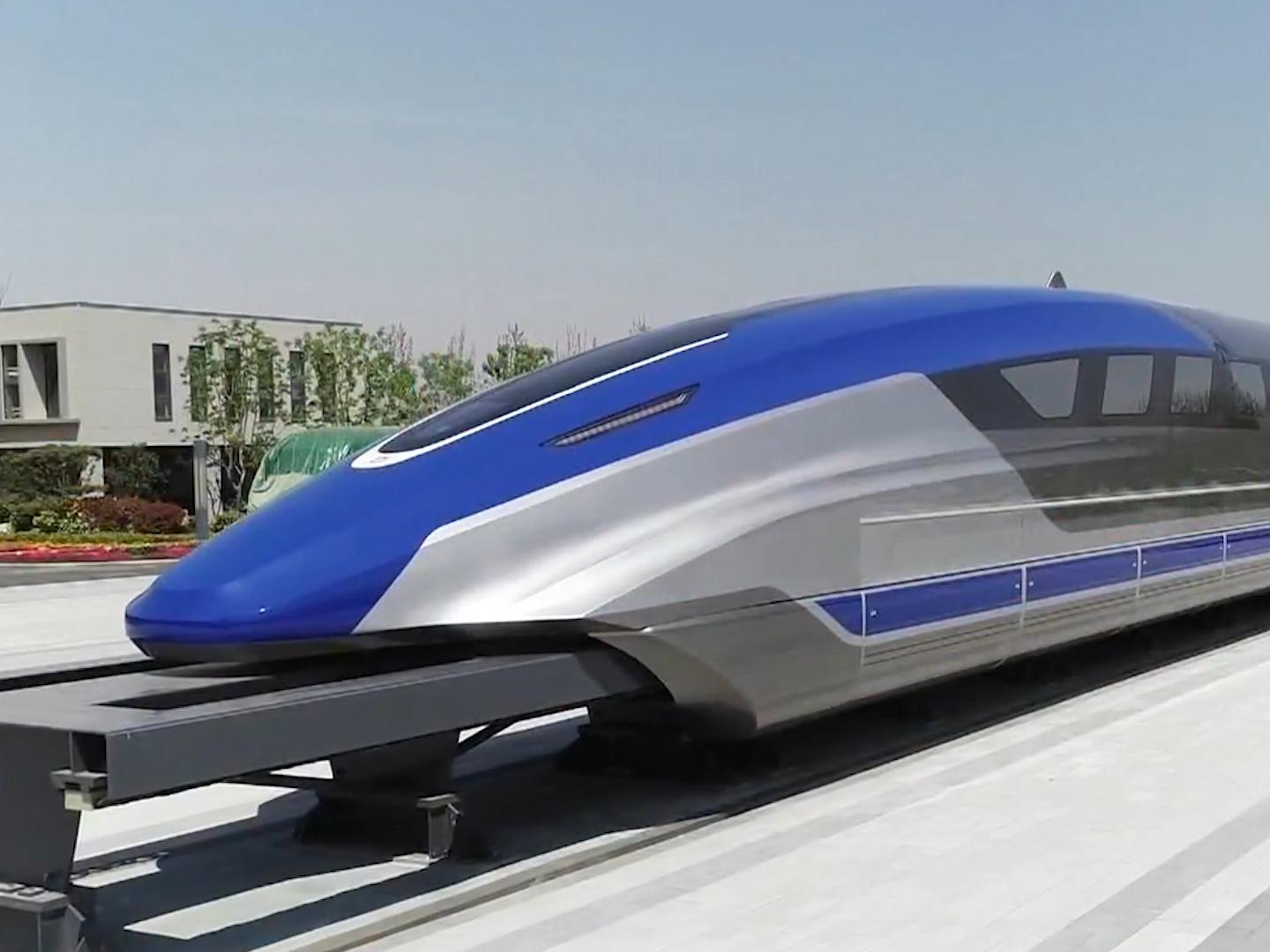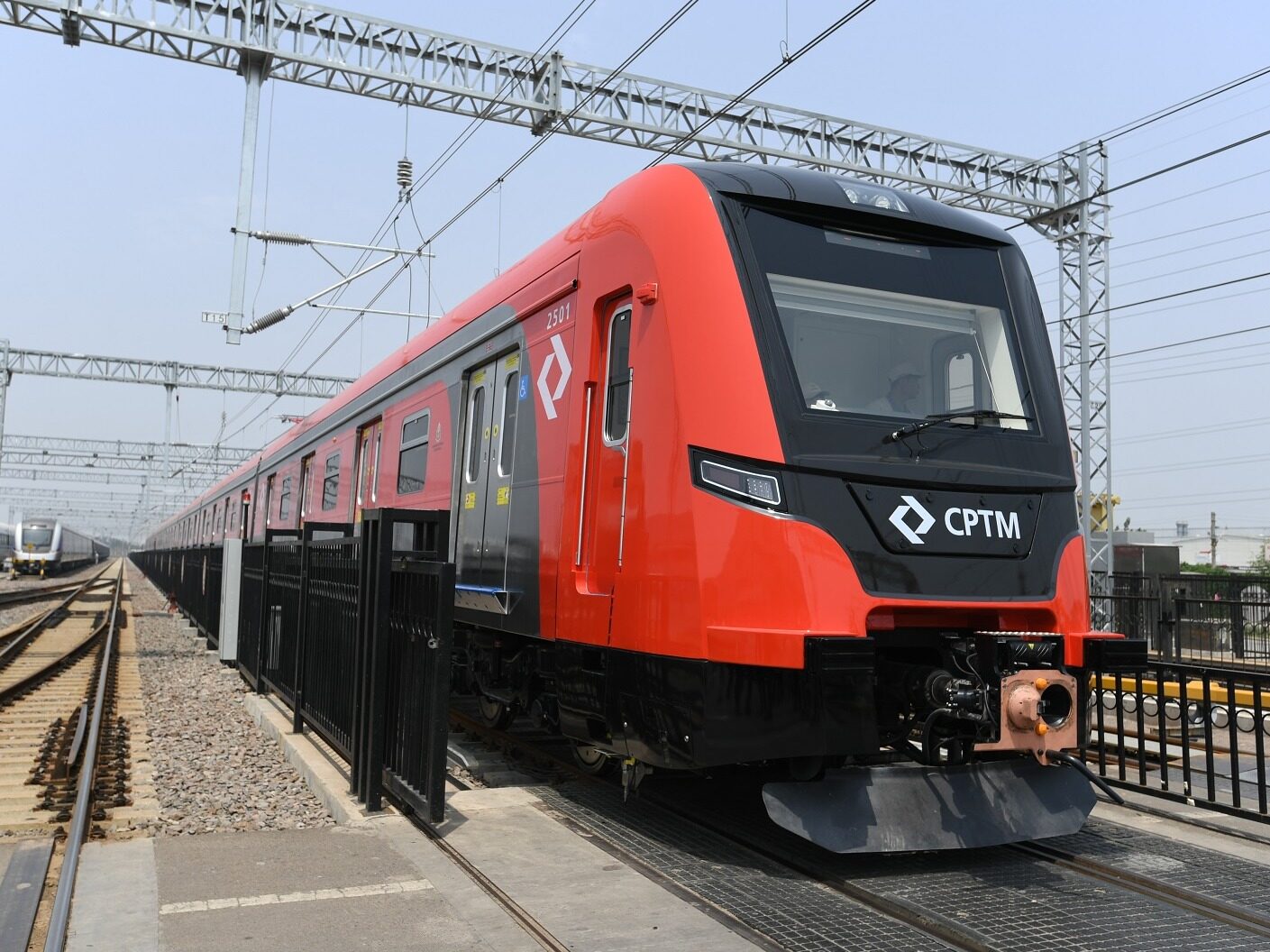- At present, China's independent research and development of magnetic levitation technology is at the world's leading level

Recently, the "Guangdong Province Land and Space Planning (2020-2035)" has been released, and the Shanghai (Shenzhen)-Guangzhou high-speed magnetic levitation corridor has been reserved for the first time. How fast is the planned high-speed maglev line in the future? What is the level of independent research and development of China's maglev technology? Professor Cai Chuanbing, director of the Shanghai Key Laboratory of High Temperature Superconductivity, Shanghai University, is here to tell you.
The speed may reach 600 kilometers per hour
Cai Chuanbing said that the Shanghai (Shenzhen)-Guangzhou high-speed magnetic levitation is likely to reach 600 kilometers per hour in the future. Shenzhen is 1,500 kilometers away from Shanghai. If the maglev speed reaches 600 kilometers per hour, it can be reached within 2.5 hours at the fastest. This is just a long-term plan, and it will take time to reach the level of technical implementation. At present, the fastest operating speed of the Beijing-Shanghai high-speed railway is 350 kilometers per hour, and the maximum speed of the maglev train opened in Shanghai in 2006 is 430 kilometers per hour.
Why is it 600 kilometers per hour? Cai Chuanbing introduced that this is a competitive and complementary positioning of various vehicles, and it is also a consideration of technological forward-looking and advanced nature. In the early years, the Ministry of Science and Technology of the People's Republic of China included the development of the maglev train as a key special topic of "Advanced Rail Transit", which was mainly undertaken by CRRC Sifang Co., Ltd., a subsidiary of CRRC. On June 21, 2020, on the magnetic levitation test track of Tongji University, a maglev prototype vehicle with a speed of up to 600 kilometers per hour was successfully tested, which verified the feasibility of its core technology.
On January 13, 2021, the world's first high-temperature superconducting magnetic levitation engineering prototype and test line independently developed by Southwest Jiaotong University was officially opened in Chengdu, Sichuan. Although the line is only more than 100 meters long and cannot show its speed for the time being, its design speed is greater than 600 km/h. Combined with vacuum pipeline technology, the target speed for the next step will be 1000 km/h.
Japan's low-temperature superconducting magnetic levitation train is led by the Tokai Railway (JR Tokai) and the Japan Railway Research Institute (JR General Research). In 2015, the top speed of the maglev test line in Yamanashi Prefecture was 603 km/h. At present, the tens of kilometers in the test run is only a section from Tokyo to Osaka, and the running mileage has exceeded the scale of Shanghai. It is estimated that by 2027, the Tokyo-Nayaya section will be officially put into operation.
Some people predict that it will become the fifth-generation vehicle
According to reports, the magnetic levitation technology route can be divided into three main types: electromagnetic attraction magnetic levitation, electric induction magnetic levitation and superconducting anti-magnetic levitation. At present, most of the low- and medium-speed magnetic levitations operating in China are of electromagnetic attraction type, using normally conducting coil electromagnets or combined with permanent magnets to achieve electromagnetic levitation. Restricted by the magnetic field strength of the copper conductor coil and permanent magnet, the suspension height of the train is about 1 cm, and the electromagnet heats up and consumes a lot of energy. This technical route is not suitable for earthquake-prone areas. Therefore, Japan has adopted low-temperature superconducting-based electric induction magnetic levitation technology. Superconducting coil magnets are installed on both sides of the car body, which greatly increases the magnetic field strength. The maximum levitation of the train can reach 10 cm.
Cai Chuanbing said: "The application of high-temperature superconducting materials to maglev technology should be the best development direction for high-speed maglev transportation."
Southwest Jiaotong University in China has been studying magnetic levitation technology based on high-temperature superconducting blocks for a long time, using the unique anti-magnetic flux and self-stabilizing levitation characteristics of high-temperature superconductors, and the track uses permanent magnet tracks. Compared with low temperature superconductor (working environment of minus 269 degrees), high temperature superconductor can work in the liquid nitrogen temperature region of minus 196 degrees, using cheap liquid nitrogen as the refrigerant, which greatly reduces operating costs. With the maturity of the industrialization of high-temperature superconducting strip materials, Japan's maglev train has recently begun to transition to high-temperature superconducting magnet technology.
In addition, magnetic levitation eliminates mechanical friction, making air friction the main resistance. Southwest Jiaotong University in China has long put forward the design concept of high-temperature superconducting magnetic levitation combined with vacuum pipelines, which is expected to increase the speed to more than 1,000 kilometers per hour. American "entrepreneurial adventurer" Musk also proposed the design concept of "super high-speed rail" with a target speed of 1,000 kilometers per hour. The project is under the responsibility of Virgin Super Loop. The first manned test was completed in November 2020 at a speed of 160 kilometers per hour.
Because its speed is a little faster than high-speed rail and a little slower than airplanes, some people are optimistic that it will become the fifth generation of transportation. However, traditional maglev trains consume more energy, and unlike high-speed railways, which can seamlessly connect with existing tracks, the cost remains high.
What is the level of China's independent research and development of magnetic levitation technology?
Cai Chuanbing believes that there have been many successful independent research and development technologies and maglev demonstration lines in China, which are at the world's leading level in terms of scale and operation.
In 2006, Shanghai introduced German technology and opened the first maglev line in China. The line is only 30 kilometers, and its economic value may not be fully reflected. However, as the world's first commercially operated maglev line, not only the technology has been verified, improved and localized, but it also serves as a good demonstration.
In 2016, China's first low- and medium-speed maglev railway with completely independent intellectual property rights was opened in Changsha, Hunan; in 2017, China's second low- and medium-speed maglev line, the Beijing Subway S1 line, opened in Beijing. It is reported that Anhui is also planning a high-speed maglev line from Hefei to Xuancheng during the "14th Five-Year Plan" period.

In Cai Chuanbing's view, the low-to-medium-speed magnetic levitation line is more suitable for airport shuttle lines or tourist sightseeing lines. The maximum speed is not high enough, the maintenance cost is relatively large, and the cost performance needs to be improved. He is more optimistic about the maglev line that combines high temperature superconducting technology with a speed of 600 kilometers per hour, which not only has a high levitation distance, but also reduces the cost after mass production.
He pointed out that Shanghai had deployed and established high-temperature superconducting technology very early. Shanghai University and Shanghai Jiaotong University respectively transferred high-temperature superconducting scientific research results, and established companies specializing in the industrial preparation of high-temperature superconducting tapes. Tongji University combined with Shanghai A unique commercial operation maglev line, and a national-level maglev transportation engineering technology research center. Therefore, Shanghai's development of high-speed magnetic levitation technology, especially high-temperature superconducting magnetic levitation technology, has a good foundation and strong competitive advantage. Editor/He Yuting
Comment
 Praise
Praise
 Collect
Collect
 Comment
Comment
 Search
Search














Write something~